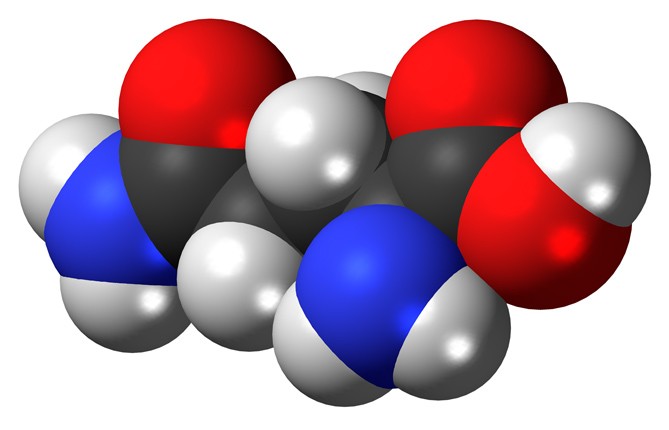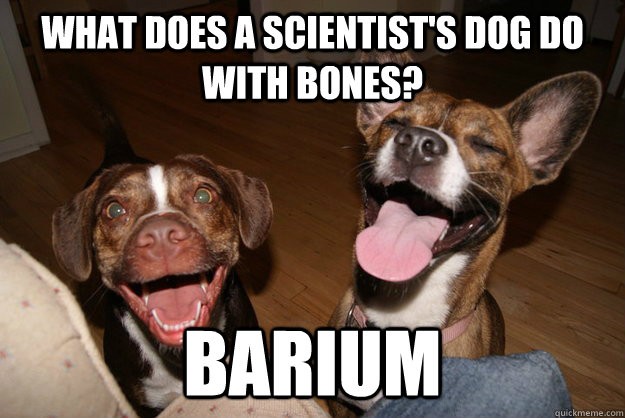
Cats with inflammatory bowel disease (IBD) may have concurrent low vitamin B12 levels (Tams, 2014).
A case recently presented with a history of chronic intermittent vomiting, inappetence and mild weight loss. Routine biochemistry, haematology, fPL (feline pancreas-specific lipase) and faecal analysis did not reveal any abnormalities, but having recently acquired the cat, the owners were reluctant for any invasive procedures.
Trial therapy with antibiotics, a short course of steroids and a novel protein diet produced some response. Trial therapy with weekly vitamin B12 injections for six weeks, then twice weekly for three months, produced a beneficial response.
The cat has a good appetite, has gained weight and has not vomited for the past month (compared to twice a week prior to therapy). Tams recommends monthly ongoing vitamin B12 therapy.
Reference: Tams T R (2014). Inflammatory bowel disease and lymphoma in cats, Proceedings of the North American Veterinary Conference, Gainsville, Florida: 1,492-1,501.



